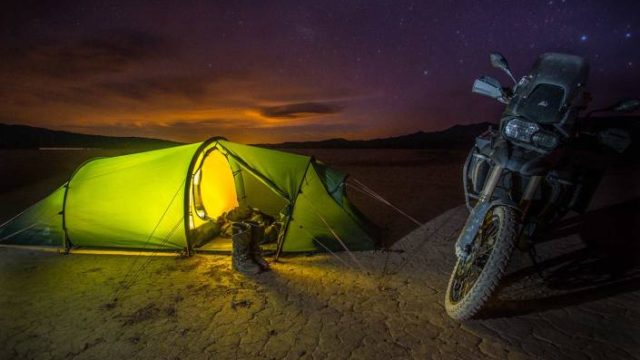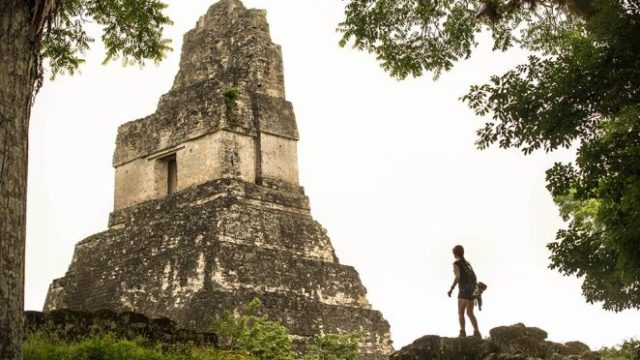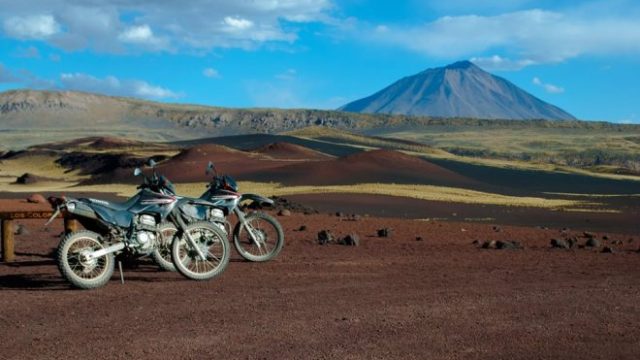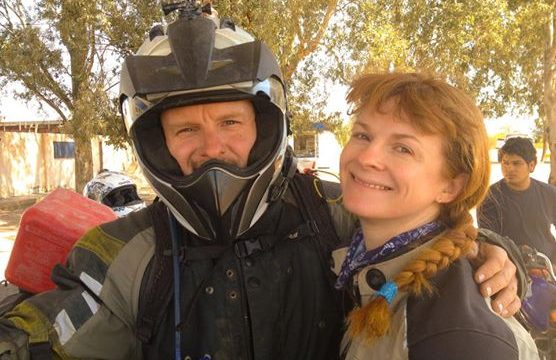Background information
Terrain
Much of Amazonia is surprisingly easy to traverse. The rivers are your highways, and most of the land is flat or has a gently rolling topography. Low hills rise in some places, but these are climbable. Ravines along the intermittent streams are more of a challenge; most are spanned by slippery, narrow fallen trees in varying degrees of decomposition.
Cuyabeno reserve, our home for ten days is close to 600,000 hectares—Ecuador’s second largest region in the Amazon Basin to Yasuni’s 900,000 hectares—27,300 of which belong to the tribal communities. These are the ancestral lands of five indigenous groups: Siona, Secoya, Cofan, Kichwa and Shuar. We’d be venturing only into primary forest on ‘terra firma’—high ground that isn’t subject to seasonal flooding with frequent wellied-walks and canoe paddles through stagnant swamplands, flat forest of black and white water, and swamps of herbs and palm. Bring it on.
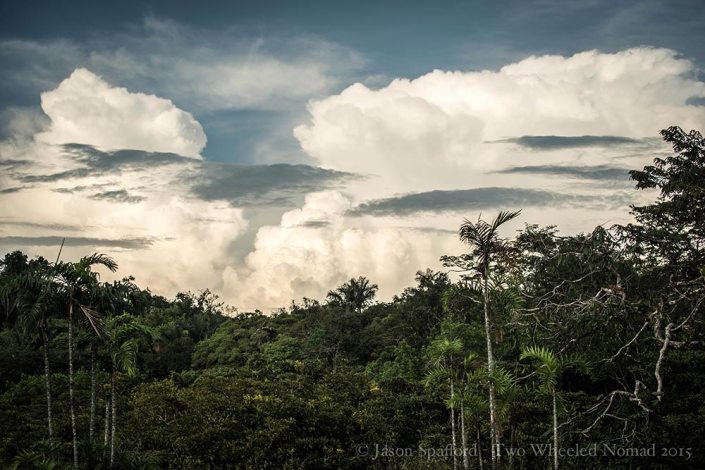
Conservation
Faced with the ongoing obliteration of the world’s tropical rainforest, Cuyabeno’s lodges believe it’s imperative to reach their visitors, share and promote a deep respect, and foremost spawn a wider awareness about the natural areas left that are biologically as rich as the Amazon. Not to mention its importance played in the rest of the world.
With a strong focus on conservation in an area with one of the most complex ecosystems, our snuggeries—Siona and Caiman Lodges gave us: electricity created from solar energy and high-efficiency generators; wastewater treatment systems—later recycled back into the ecosystem; and peace of mind that hunting has been voluntarily ceased for well over a decade. A portion of our dollars would also be ploughed back into the forest to continue making good inroads on the sustainable path to eco-tourism. Sounded like a promising starter for ten.

Current climate of primary preservation
Refreshing is how you’ll be pleased to feel when learning that Ecuador—despite only home to two per cent of the Amazon basin—has become champion when it comes to preserving their precious rainforest. Ecuadorian forestry law, best practice and exemplar behaviour is pretty well embedded now: prune, fell, bark, burn or destroy a protected forest tree and you’re looking at a hefty penalty of at least a one to three year prison sentence, and a fine that would hemorrhage most bank accounts.
Of course there wasn’t always zero deforestation in Ecuador—today, the country only lays claim to around 35 per cent of its original share of the Amazon basin. And devastatingly, there’s still several riggs pumping into the reserve’s forest ground for oil, but as always, slowly slowly, save a monkey. Clients come to the Amazon and are either oblivious of what’s going on—choosing to blissfully uphold the romance of the jungle, or are increasingly aware to the current destruction of human hands. May we all proactively pitch our tents in the latter camp.
Sadly, money only knows why the Brazilian government are still paying people to cut down 60 per cent of ‘its’ Amazonia in order to facilitate room to grow more soy—I understand—to feed more pigs in China. Among other inanely unsustainable purposes. Blindsided by the bottomline doesn’t quite portray the imbecility that eradicating habitats and extinguishing species faster than we’ve studied—let alone identified—will have on the ecosystem. Or survival of the human race. And of course the Earth.
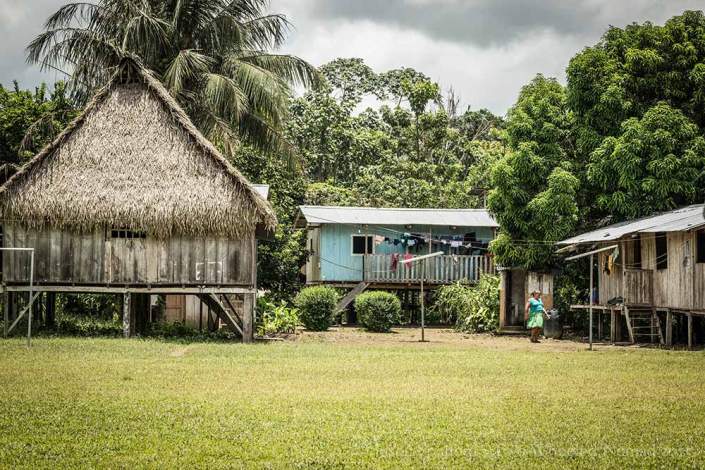
Anthropology
An interruption from the constant visuals and vistas of the jungle came from a village visit to ‘Puerto Bolivar’. Handled by the women of the indigenous community gave us an opportunity to learn about the Kichwa culture—participating in a traditional method of preparing yuca (cassava), which is a starchy tuberous root from a native tropical tree—into flour:

Rita, an indigenous woman aged just 41 years old led us into her wild garden. More salt than pepper had crept into her hair and her expression was kindly but revealed a lifetime of hard graft. Interestingly, Rita had long since adapted to wearing lightweight western fabrics—practical quick-drying clothes over a traditionally heavier weave from the forest.
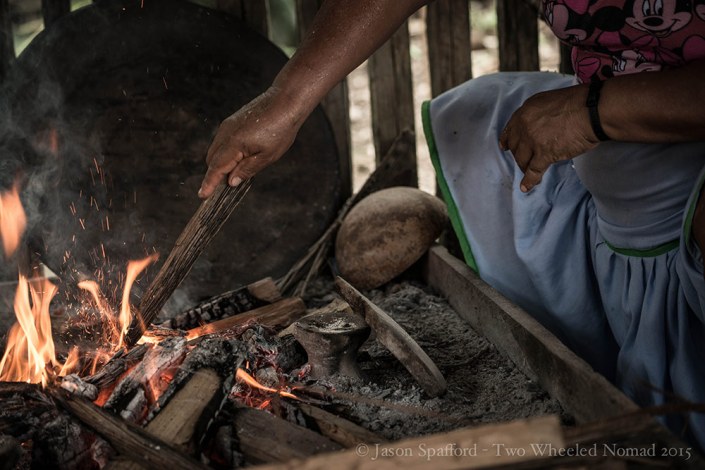
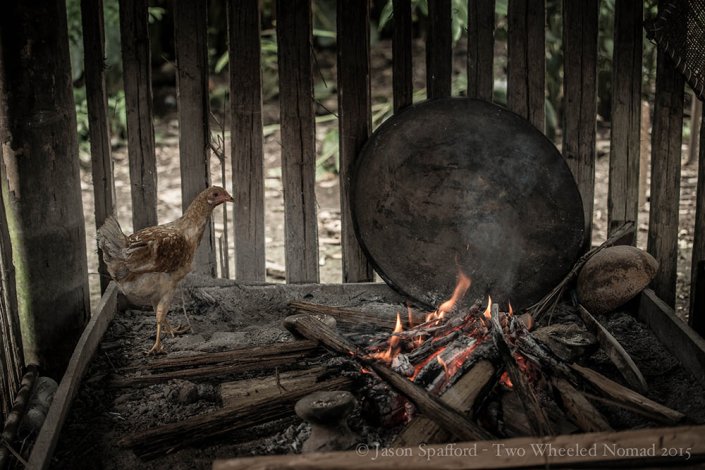

Possessing the skill of a trained sword fighter, Rita took hold of her machete and slashed at the foliage, wildly and skillfully to extract a handful of yuca from the fertile ground. Rich organic soil alien to any pesticide or fungicide. With the Midas touch and an experienced pair of hands, she whipped it into Amazonian pizza bread using time-honoured means and handmade kitchen utensils from the forest. Fascinating to watch, take part in but foremost feast upon for lunch.




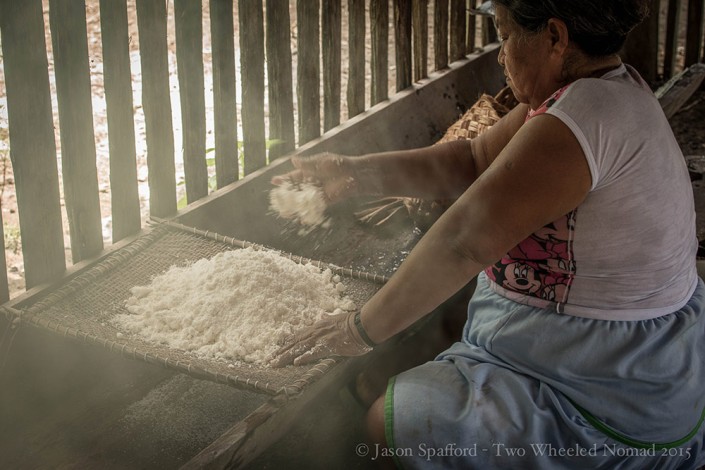
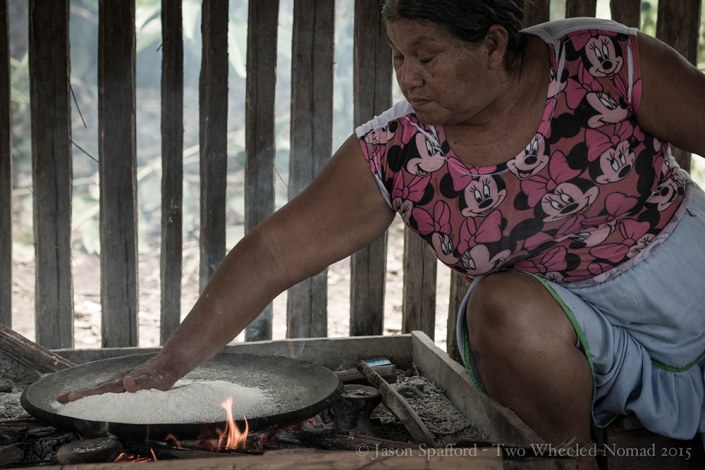
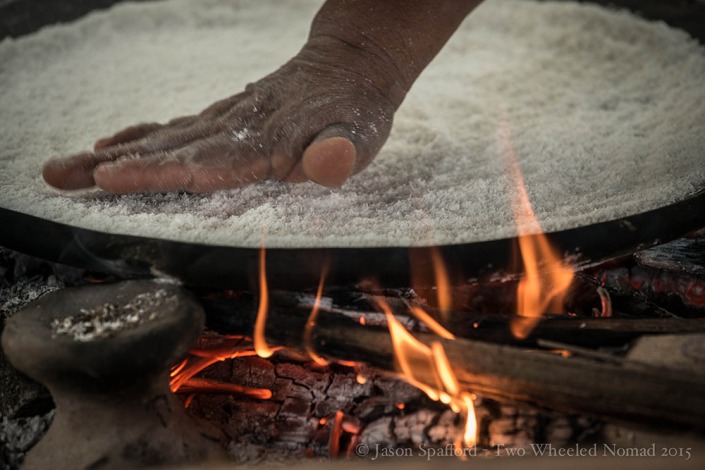
Being educated to some of the village’s traditions, still alive today gave me pause for thought: There’s a pressure for women to master the delicate process of preparing yuca in order to heighten their eligibility in securing a husband. Likewise, if the man is unable to triumph in the art of blow-pipe hunting, preparing the poisoned dart in just the right quantities of frog and plant juices in order to cleanly take down a 600 pound tapir—as well as constructing a durable hammock from vine threads—then no resultant wife or “boom boom” (as our naturalist guide so aptly put it), respectively for the husband. Fair enough, it works both ways. Jason was given the blow-pipe and aiming at a papaya from 10 metres away, managed to strike a hole in one. Guess that makes him ripe for the picking…
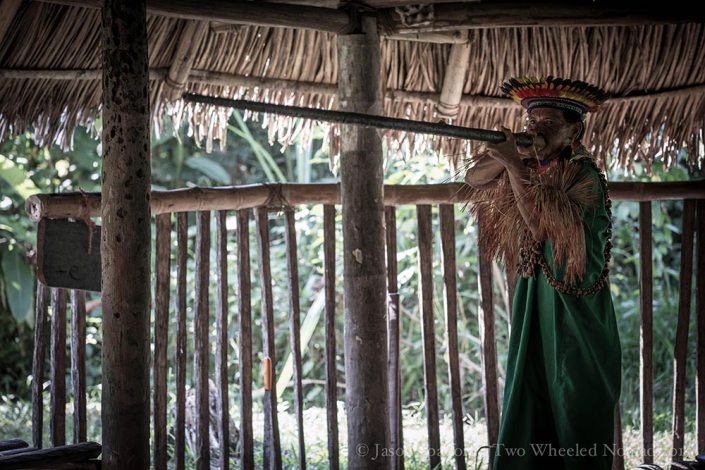
An illustration of rituals from a shaman in his malloca—a ceremonial house—one afternoon, gave us a small but intriguing window to watch him gain access to a world of good and evil spirits in the practice of divination and healing. I am still pausing for thought about the indisputable power of a shaman—without any firsthand experience. On an arbitary note, I was told that redheads are particularly adept at attracting chaotic forces.

The shaman’s head dress was particularly eye-catching, decorated by the vibrant feathers of a trogan bird. His skinny neck was like cured skin but fabulously adorned in a string of teeth from jaguar and peccary (a skunk pig). Now a priceless family air loom that’s passed down each generation.
No ayahuasca was consumed in a ceremony on that occasion—a vine based hallucinating beverage but an explanation of how a few gulps would set you into a terrific trance and give rise to a profound insight into yourself, and some, was relayed.
Perhaps most curious of all was the story told about the upbringing of the next great shaman, a process that is still happening today. When the unborn child, ‘the one’, is chosen, a group of shamans whisk the wee bairn away upon its arrival into the world to a cave. Away from the community. The mother is allowed to breast feed the baby and father permitted to visit on a weekly basis, although essentially the newborn becomes the responsibility of the shamans.

For the next 19 years, the child is reared and moulded in all the rituals, traditions and ways of a shaman. On its 19th birthday, the late teen is taken out in twilight, in order to experience its first moonlight and through a night of meditation, prepares for their first sunrise. Looking into the eyes of that individual must be a profoundly extraordinary experience, with something not quite present, which ordinarily would be in our eyes, replaced by something else entirely. The mind boggles.
Incidentally, the Yellow Food People is a tribe that still resides somewhere deep in the Amazon jungle. Fully naked, nomadic and dependent on the land. Now here’s the extraordinary part: any interaction whatsoever forced upon them from the outside world has concluded so far in death. They want less than zero to do with the western world; apparently one small group of tourists each paid $30,000 USD to a South American tour operator to get dropped off nearby to the clan. Once they eventually caught up with the tribe, they were all killed on their initial greeting. A clear signal from which to take permanent heed.


